Taylor Wimpey PLC
Land Risk Assessment Application
The challenge
Digitalise analogue processes, simplify data input and management
Land risk assessment at Taylor Wimpey was managed and communicated within a large and complex spreadsheet comprising several sheets and functions. The process was very robust but input-heavy and prone to human error and unintentional duplication. The complexity of the database format had high risk attached which could lead to incorrect risk assessments.
It was a long and intensive process ripe for automation and overdue for its digital makeover.
The solution
Improved efficiency, reduced costs, faster process
A fully adaptive web application designed to give as much functionality on a field operative’s tablet as on the laptop back at the office.
Comprising of a customisable, tile driven, front-end user interface, the application blended some very sophisticated data sets supplied by Landmark with beautiful mapping capabilities custom built within OutSystems. The application enables offline processing as well as a high-fidelity question structure to ensure accuracy and streamlined report generation.
Green Lemon Company’s scrum team delivered seamlessly over a complete 20-week agile project to bring the release in on time and budget.
The results
Faster, easier, more transparent and flexible system
The application has flown through UAT with some very innovative input from the experts at Taylor Wimpey.
Feedback is that the fully customisable back end gives an unprecedented flexibility, allowing Taylor Wimpey to work seamlessly in every scenario.
Report generation has complete adaptability, version control and publication control.
Ultimately, users are free of spreadsheets and can focus on what really matters, delivering their expertise to enable critical decision making.
4
Developers
1
Application
20
Weeks
See next
Hyundai Capital
The client sells cars to the dealer network that are returning from lease. The process was previously fully analogue with no digital infrastructure, with cars being sold at auction, giving the client no control over who purchases them; this hindered their ability to sell primarily to their intended target.
The client wanted a platform that could evolve quickly and that integrated all the elements of the de-fleeting process, including funding providers so that payments for cars could be processed automatically.


